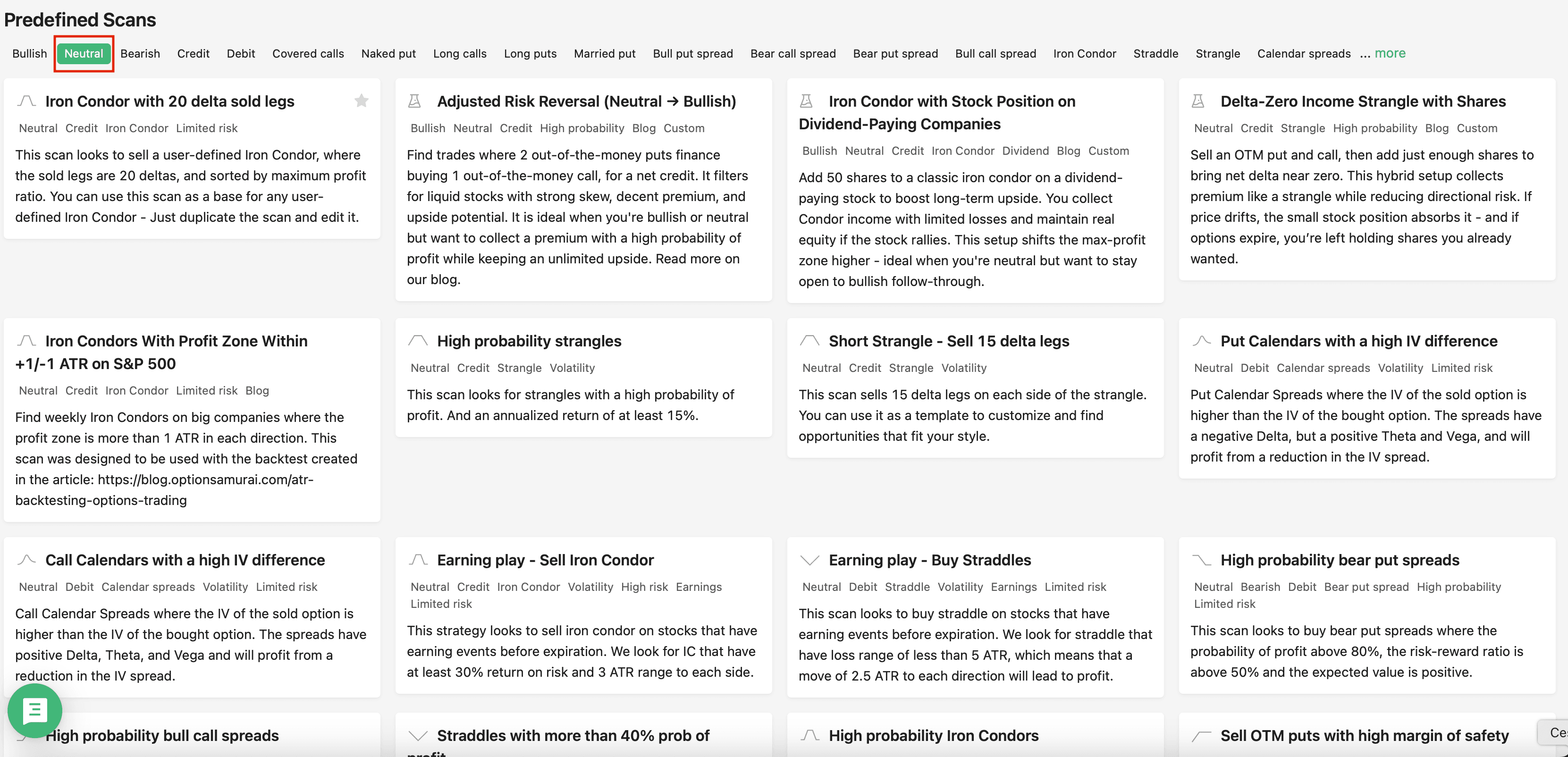Category: Tutorials

Low Cost Options Trading Explained - Strategies for Small Accounts
Low cost options trading explained with clear strategies for small accounts, from cheap option trades to spreads and the poor man’s covered call.

Options Strategy for a Sideways Market - How to Profit When Prices Don’t Move
Discover the best options strategies for a sideways market. Learn how to profit from low volatility phases.

Covered Calls on Dividend Stocks - Monthly Income from Quality Companies
How do you find the best dividend stocks for covered calls, and when should you sell for a covered call dividend?

High Probability Options Strategies with Low Risk and Strong Edge
Discover high probability options strategies like put selling, iron condors, and ratio spreads. Low risk, high edge trades with defined probabilities.

How to Choose the Right Strike Price for Options? Understand Risk vs Reward in Seconds
Learn how to choose the right strike price for options based on your strategy, risk tolerance, and market outlook.

How to Use the Rolling Options Template
Learn how to use the Rolling Options Template to adjust option trades. Step-by-step guide with P&L visuals, breakeven analysis, and best practices.

Collar Payoff Calculator Template - Visualize P&L, Fees, and Dividend Impact
Use Option Samurai’s collar calculator template to test bullish or bearish collars, include dividends, check risk-free trades, and log them fast.

Long Straddle Breakout Strategy: Using Low IV and Bollinger Bands to Spot Setups
Learn how to spot long straddle breakout opportunities with our advanced options screener.

LEAP Options Trading - How to Scan, Select, and Profit from Long-Dated Calls
Learn how you can use Option Samurai to find the best LEAP trading options idea to add to your portfolio.

Double Diagonal Spread - An Advanced Time Decay Strategy Explained
The double diagonal spread is a lesser-known options strategy that combines time decay and defined risk.